'PARADE FIELD
TERRACE
1849'
The name plaque is at first
storey level in the Suffolk white brick feature between numbers 10 and
12 Belvedere Road. Despite the ivy tendrils and
weathering, the lettering should be clearer if viewed in raking
sunlight (or streetlight).
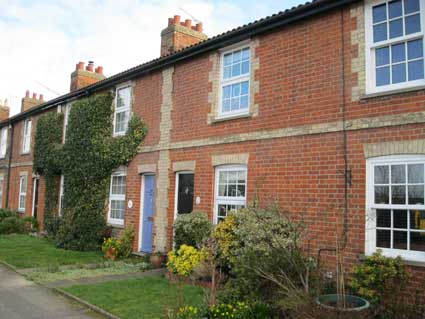 2014 images
2014 images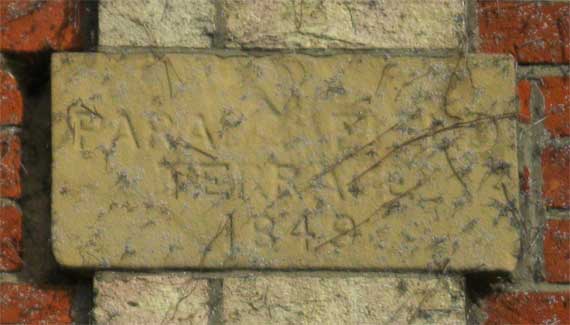
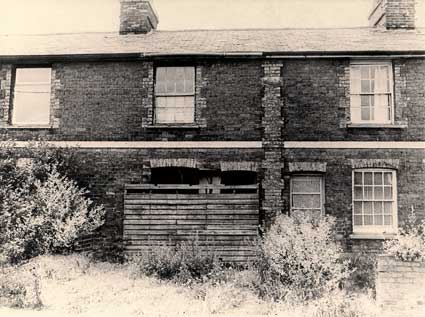
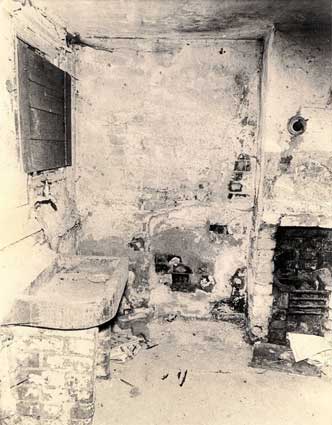
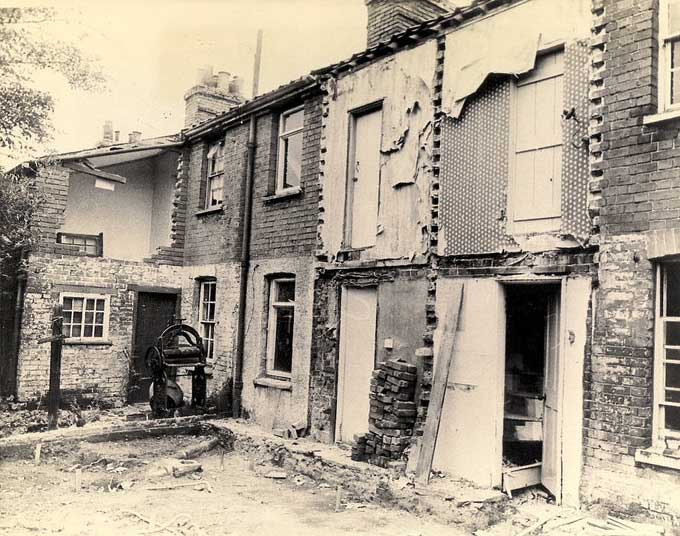
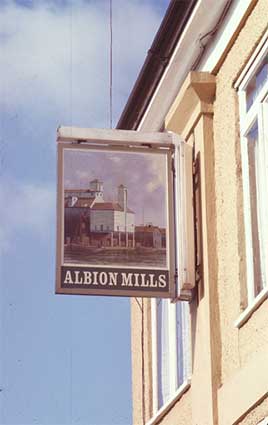 Photograph courtesy The Ipswich Society
Photograph courtesy The Ipswich Society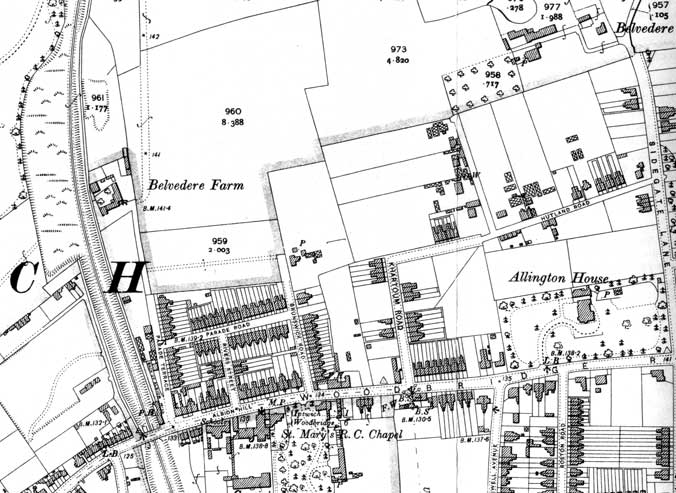 1902
map
1902
map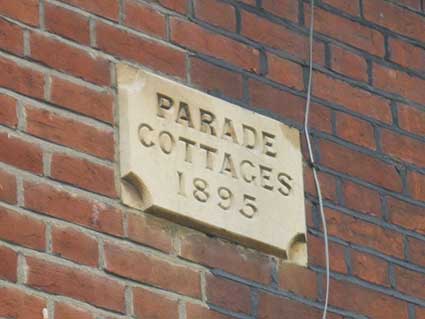
 2016 images
2016 images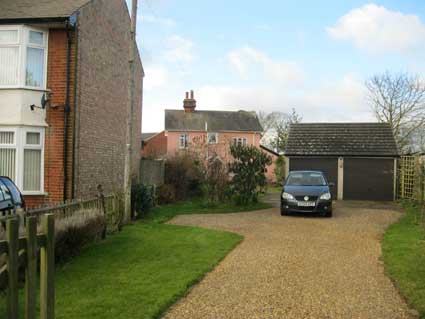
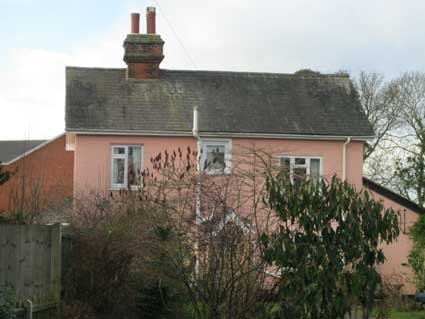 2015 images
2015 images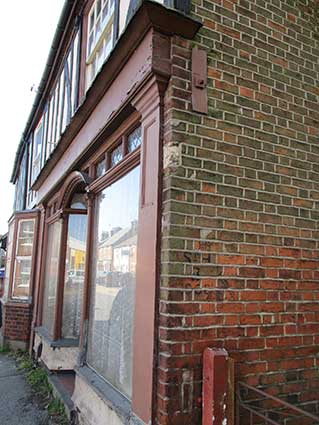
 2020 images
2020 images